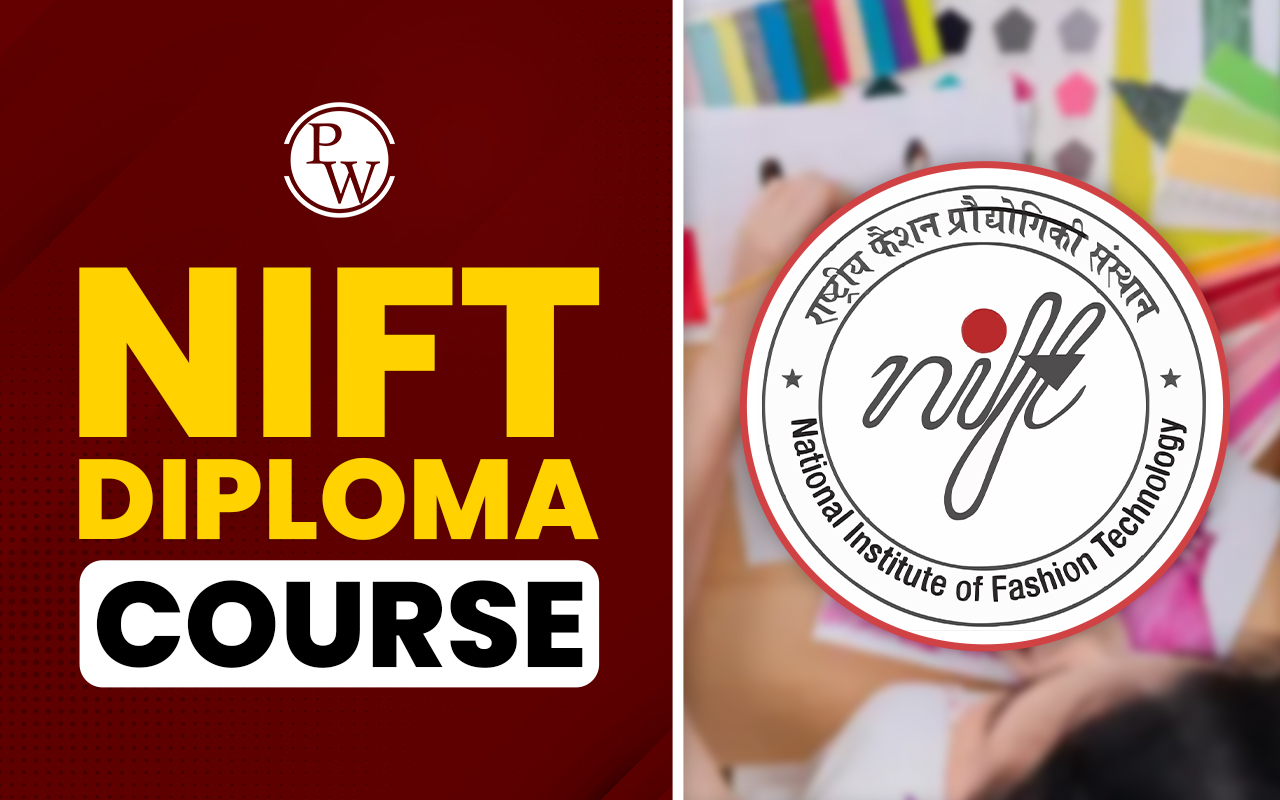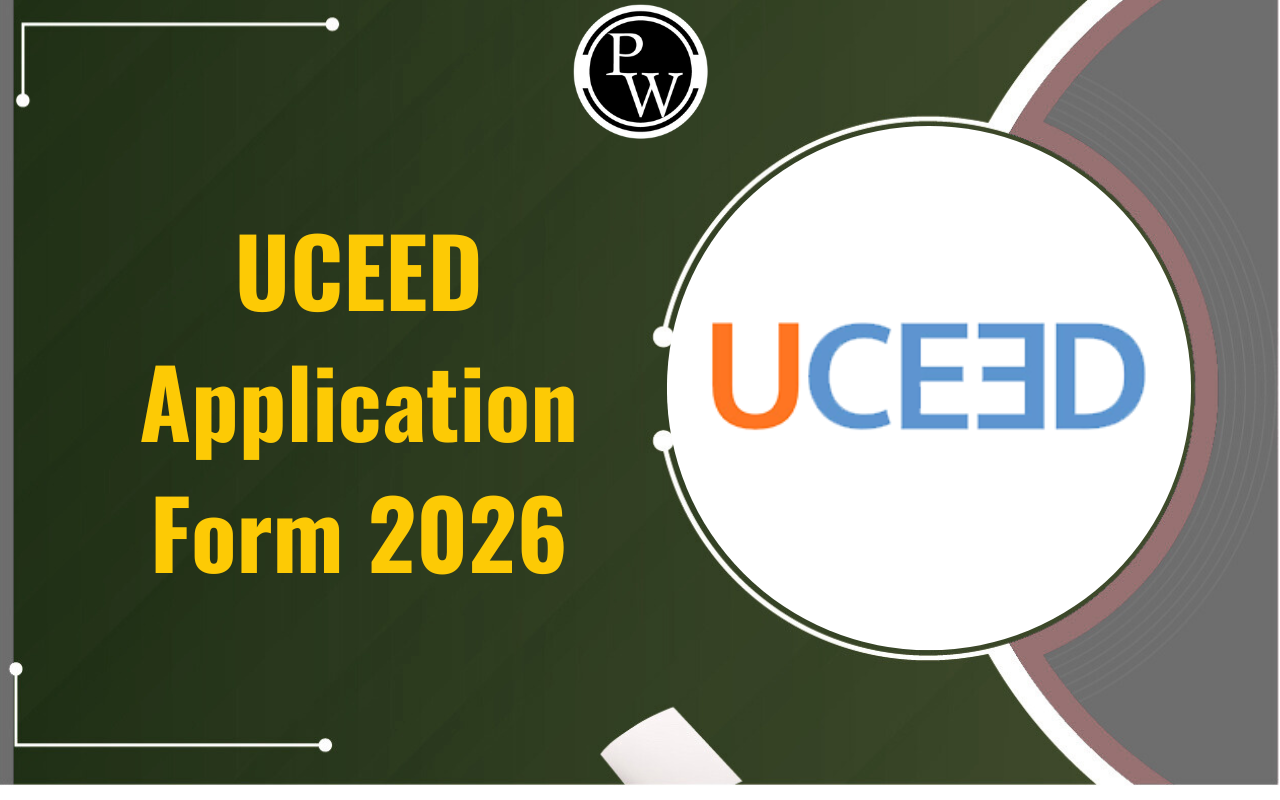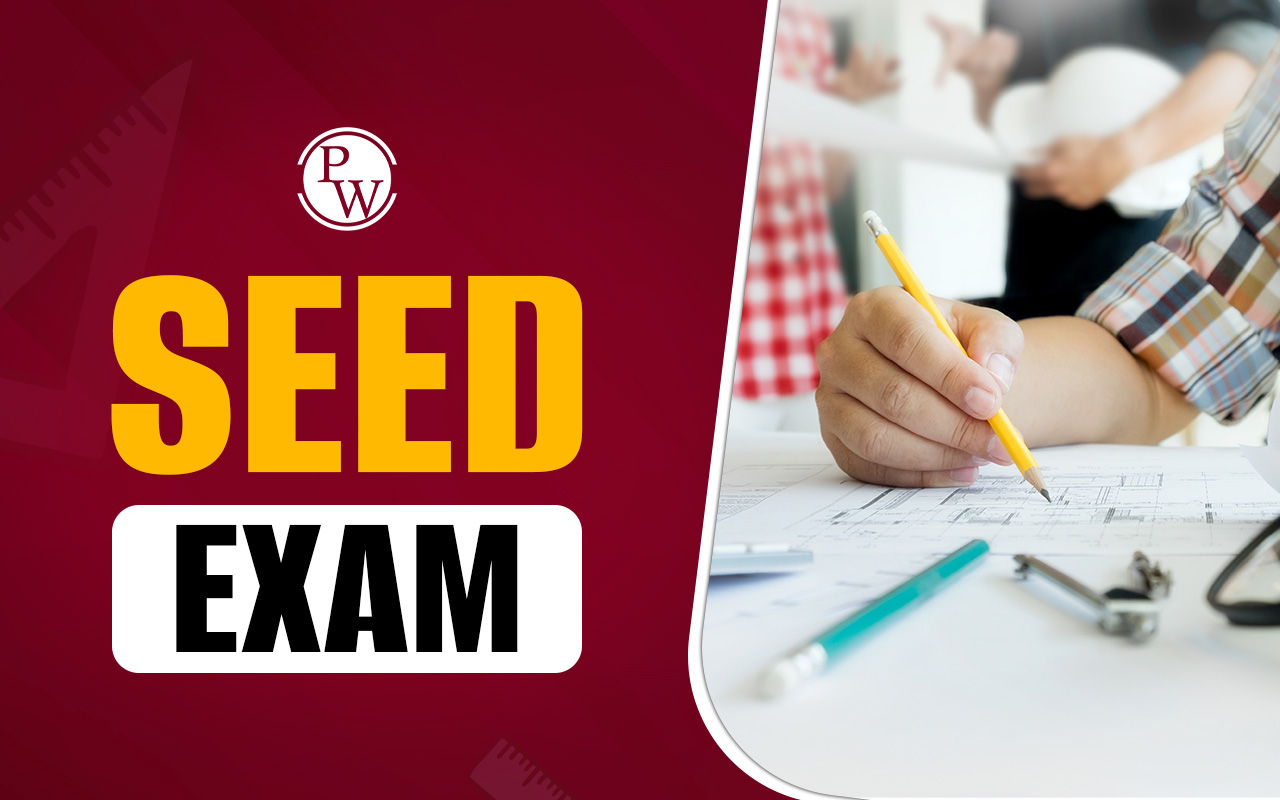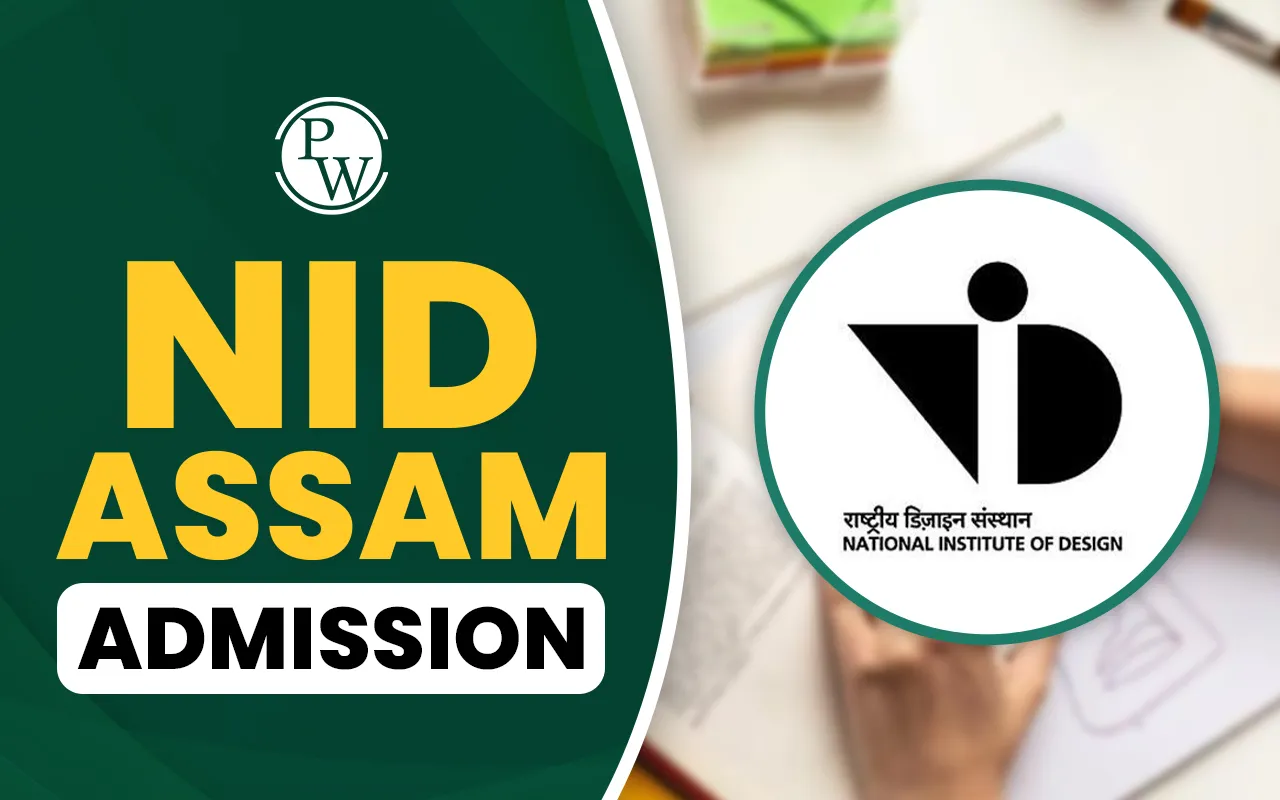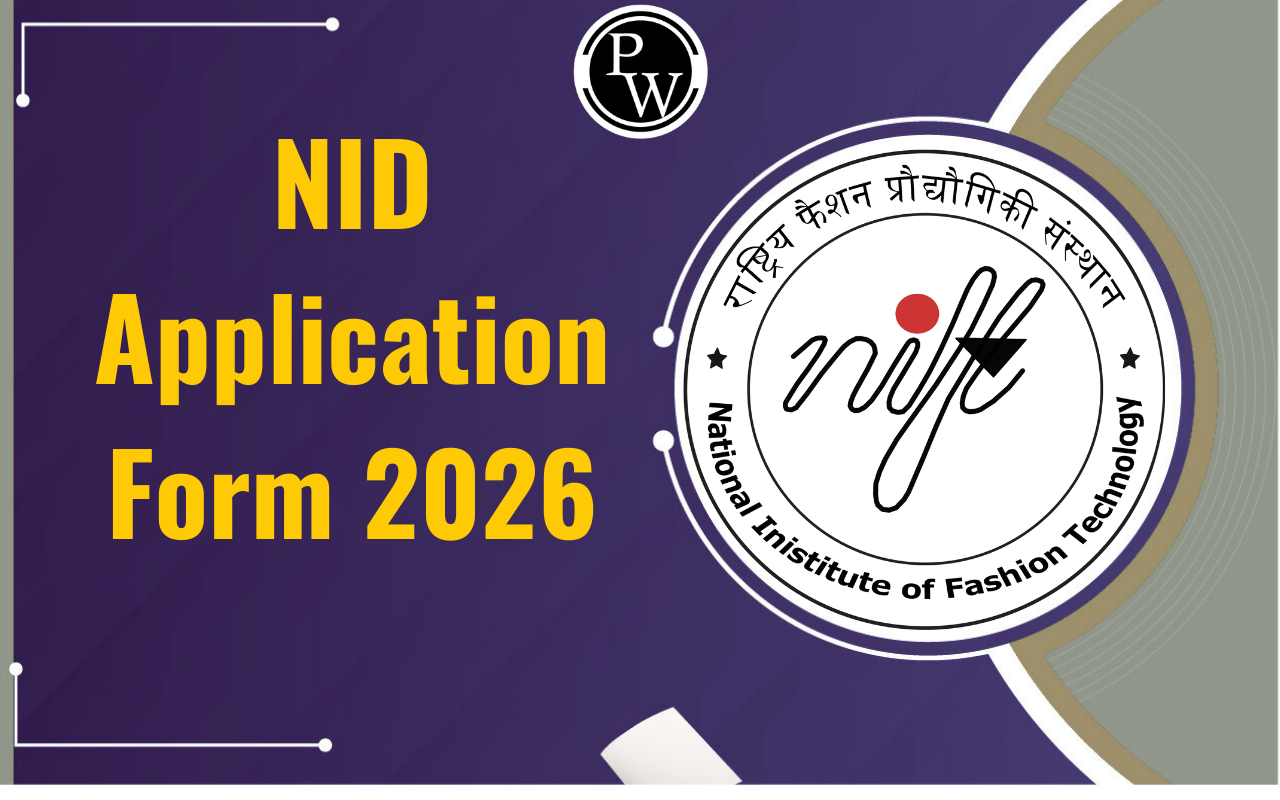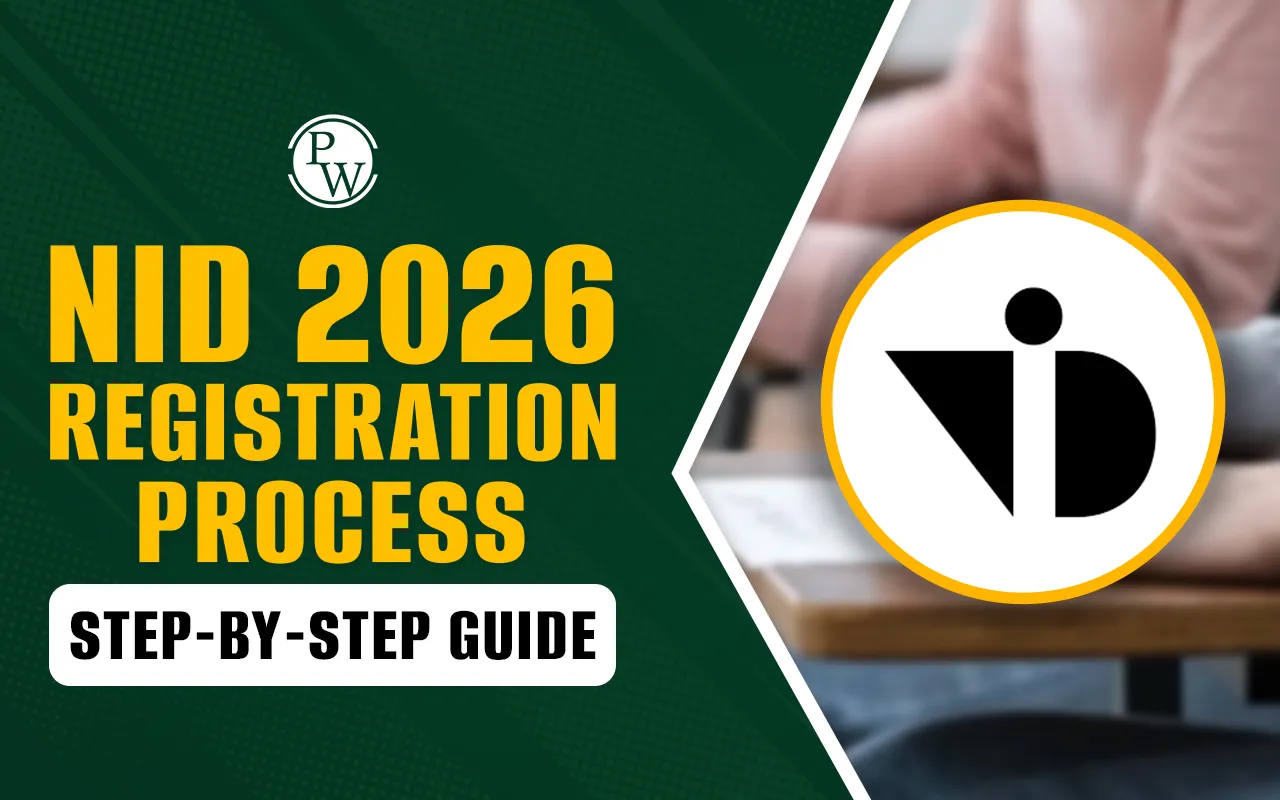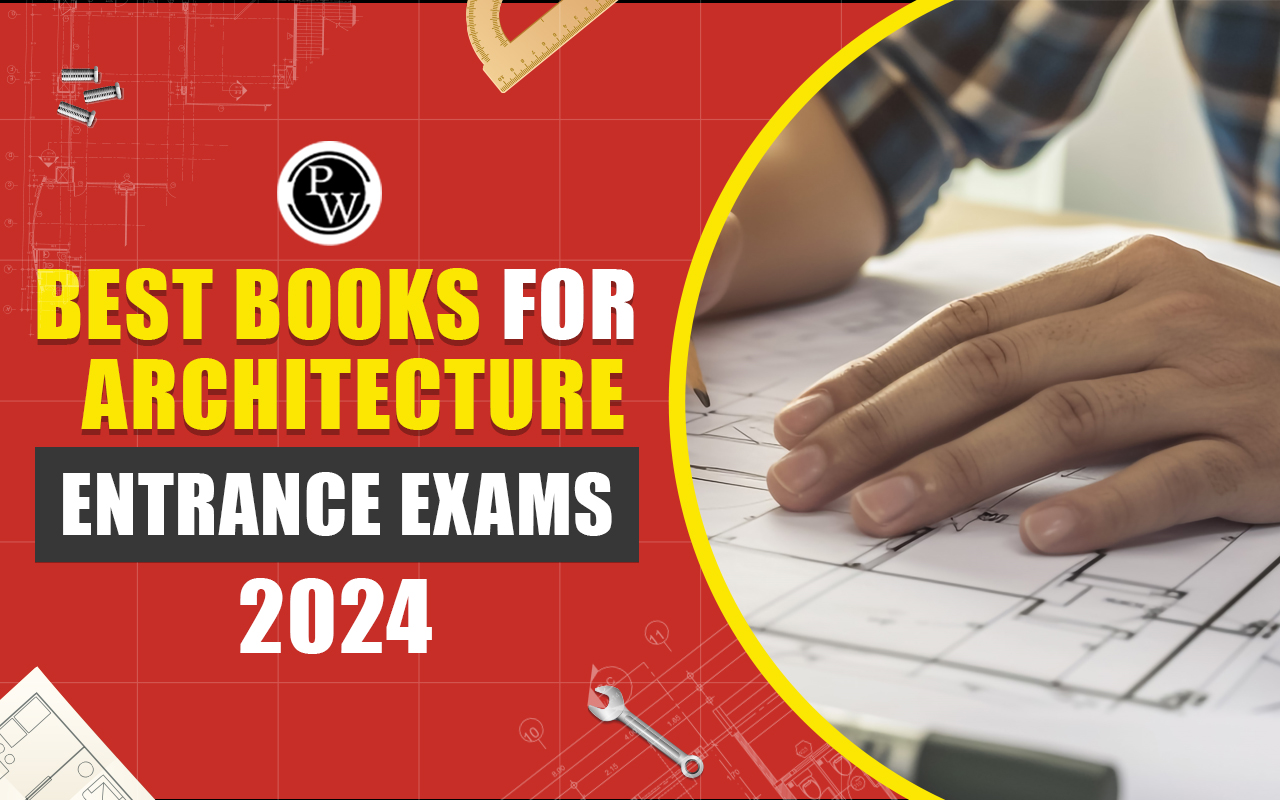
Best Books for Architecture Entrance Exams 2025: Selecting the best books for architecture entrance exams 2025 is crucial for aspiring architects aiming to excel in their preparation. These books provide a comprehensive and structured approach to the exam syllabus, offering valuable insights into design principles, technical skills, and exam strategies. Some of the best books for NATA 2025 and JEE Main Paper II are compiled hereunder to help students prepare well for their exams.
Books for Architecture Entrance Exams
While preparing for the architectural exams, it is very essential to refer to the best available study resources as they provide accurate, comprehensive, and up-to-date information. Therefore, it becomes very important to know which books solve the purpose of the students and provide a detailed syllabus for the architecture entrance exams. Using the best books for architecture entrance exams maximizes the student's chances of performing well in the exam and helps them achieve their academic and career goals.
Recommended Books for NATA 2025
Some of the books for the NATA 2024 exams are listed below. These books are crafted by experts and cover a broad spectrum of topics and skills required for the exam. They provide structured content, practice questions, and detailed explanations that help students build a solid foundation and grasp complex concepts more effectively.
|
Recommended Books for NATA 2025 |
|
| Topics | Name of NATA Books |
| Higher Algebra | Hall and Knight, Bernard and J. M. Child |
| Quantitative Aptitude | R.S. Agarwal |
| General Practice | NATA & B.Arch Question Bank by Ar. Shadan Usmani, A Complete Self Study Guide for B.Arch by P. K. Mishra |
| Mathematical Problems | Books by V Govorov, P.Dybov, N.Miroshin and S.Smirnova |
| Reasoning | A Modern Approach to Verbal & Non-Verbal Reasoning by R.S. Agarwal |
| Problems in Calculus of one variable | I. A. Maron |
NATA Exam Pattern 2025
The NATA 2025 exam pattern will consist of multiple-choice questions (MCQs), numerical answer type (NAT) questions, and drawing-based questions, all designed to assess a candidate’s aptitude for architecture. The exam is divided into two parts: Part A includes MCQs on Mathematics, General Aptitude, and Logical Reasoning, while Part B focuses on drawing skills, testing the candidate’s ability to represent and visualize objects. The exam will be conducted in an online mode, with a total duration of 3 hours. There will be a total of 48 questions worth 200 marks. The following table describes the important aspects of the NATA 2024 exam pattern in detail.
NATA Exam Pattern 2025 |
|
|---|---|
| Particulars | Details |
| Exam Mode | Computer-Based and Offline Test |
| Duration | 3 Hours
Part A - Drawing and Composition Test - 90 Minutes Part B - MCQs - 90 Minutes |
| Medium | English and Hindi |
| Section |
Part A - Drawing and Composition Test Part B - MCQs |
| Total Number of Questions | 48 Questions |
| Division of Questions | Part A - Drawing and Composition Test
A1 - 1 Question - Composition and Colour A2 - 1 Question - Sketching and Composition (Black and White) A3 - 1 Question - 3D Composition Part B - MCQsB1 - 30 Questions B2 - 15 Questions |
| Total Marks | 200 |
| Marking Scheme | Part A - Drawing and Composition Test
A1 - 1 Question - Composition and Colour - 25 marks A2 - 1 Question - Sketching and Composition (Black and White) - 25 marks A3 - 1 Question - 3D Composition - 30 marks Part B - MCQsB1 - 30 Questions x 2 marks - 60 marks B2 - 15 Questions x 4 marks - 60 marks |
Recommended Architecture Entrance Exam Books for JEE Main B.Arch Paper-II
The table consists of the architecture entrance exam books for JEE B.Arch Paper II. These books cover the syllabus extensively and provide practice problems and sample questions.
|
Architecture Entrance Exam Books for JEE Main B.Arch Paper-II |
|
|---|---|
| Books Name | Author |
| Algebra | Arihant |
| A problem book in Mathematical Analysis | G. N. Berman |
| Calculus and Analytic Geometry | Thomas and Finney |
| Differential Calculus | Arihant |
| Higher Algebra 4th Edition | Hall and Knight |
| Mathematics for Class 11 & Class 12 | R. D. Sharma |
| Maths for Class 11 & Class 12 | R. S. Agarwal |
| Self Study Guide for B.Arch | Arihant Publication |
Best Books for Architecture Entrance Exams: Key Points
When selecting the best books for architecture entrance exams, consider the following key points.
- Concept Coverage: Ensure that the book covers all relevant topics and concepts in depth, including design, drawing, and general knowledge areas specific to the exam.
- Authorship and Credibility: Choose books authored by experts or reputable educators in architecture, as their knowledge and experience can provide reliable and accurate information.
- Practice Questions and Solutions: Look for books that include a variety of practice questions and detailed solutions, as this aids in understanding exam patterns and improving problem-solving skills.
- Clarity and Presentation: Select books with clear explanations, organized content, and diagrams or illustrations that help in understanding complex concepts.
- Up-to-date Information: Ensure the books are recent or updated to reflect the latest exam patterns and changes in the syllabus.
- Reviews and recommendations: Check reviews and recommendations from previous students or educators to gauge the effectiveness and reliability of the book.






